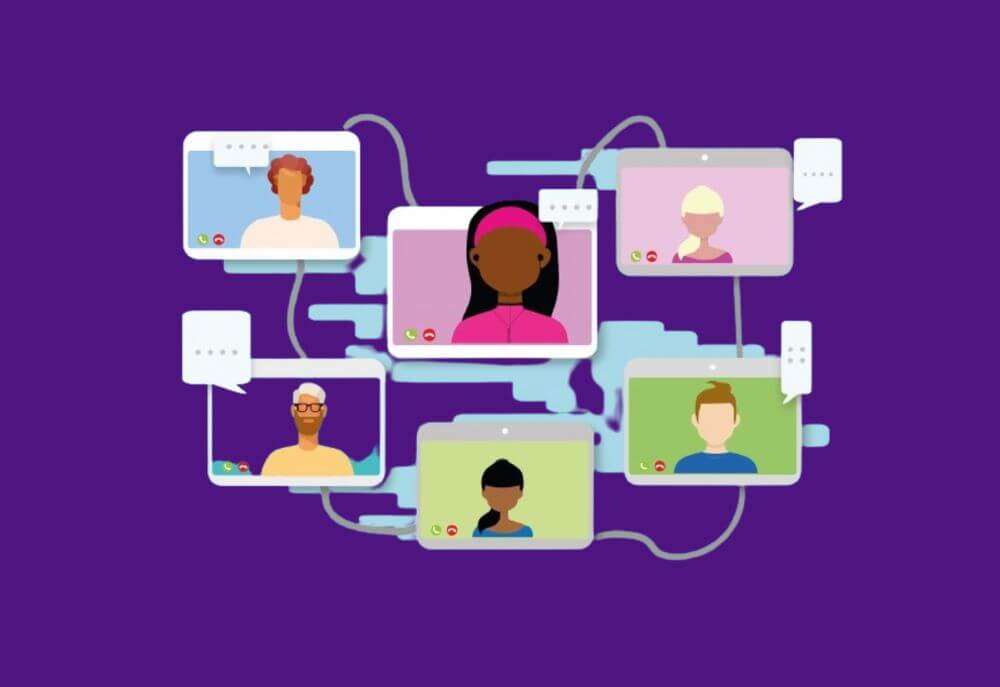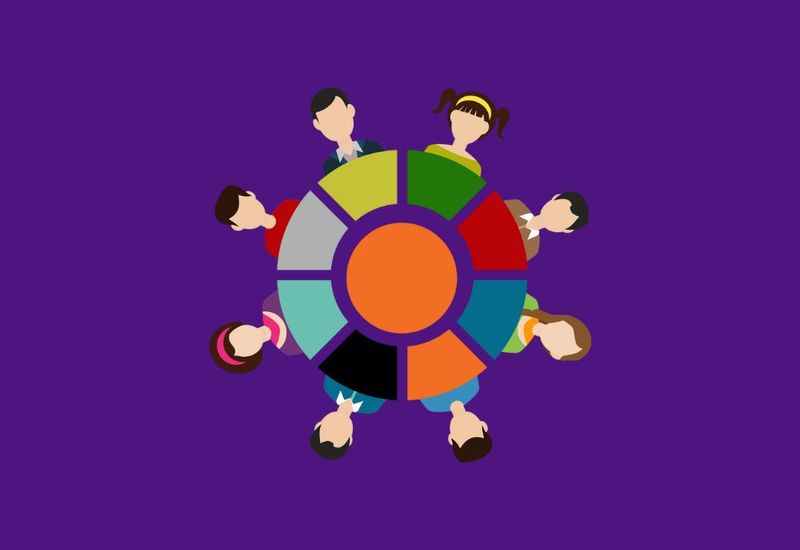In any thriving organization, clearly defining roles and responsibilities within a team is essential. When each team member understands their specific tasks, it leads to improved team performance, enhanced collaboration, and a robust organizational culture.
This article explores the significance of clearly defined roles, effective methods for assigning responsibilities, and best practices for fostering team collaboration while aligning with organizational goals.
The Importance of Clear Roles and Responsibilities
Clearly defined roles and responsibilities help prevent confusion, reduce task overlap, and ensure all tasks are efficiently covered. This clarity boosts productivity and morale, as team members understand their duties and how their contributions align with project and organizational goals.
When roles are clear, each team member can focus on their specific tasks without ambiguity, fostering a sense of ownership and accountability.
Steps to Define Roles and Responsibilities
1. Identify Tasks and Responsibilities
The first step is to list all tasks that need to be completed for a project. This comprehensive task list forms the foundation for defining specific roles within the team. Detailed task identification is crucial as it ensures that no aspect of the project is overlooked.
For instance, in a marketing campaign, tasks might include market research, content creation, social media management, and performance analysis. Each of these tasks requires different skill sets and areas of expertise.
2. Align Roles with Organizational Structure
Ensure that these tasks align with the existing organizational structure. This alignment helps integrate roles seamlessly within the broader framework of the company and supports strategic objectives.
For example, in a tech company, aligning tasks such as software development, quality assurance, and user experience design with corresponding departments ensures that each team member’s role fits within the company’s larger goals.
3. Assign Specific Tasks to Team Members
Assign tasks based on team members’ strengths and skills. This approach maximizes efficiency and productivity by leveraging individual expertise. For instance, a team member with strong analytical abilities might be responsible for data analysis, while a creative thinker could focus on product design.
Understanding each member’s unique capabilities and assigning tasks accordingly can significantly enhance the overall performance of the team.
4. Create a RACI Matrix
A RACI matrix (Responsible, Accountable, Consulted, Informed) is a valuable tool for defining roles and responsibilities. It specifies who is responsible for each task, who should be consulted, and who needs to be informed about progress, ensuring accountability and minimizing confusion.
For example, in a product launch, the product manager might be accountable for the project, the marketing team responsible for promotional activities, the design team consulted for visual assets, and the sales team informed about timelines and strategies.
5. Solicit Feedback from Team Members
Involve team members in the process of defining roles by seeking their input. This can be achieved through team meetings, one-on-one discussions, or anonymous surveys. This feedback ensures that roles are realistic and that team members feel valued and heard. Engaging team members in this process also promotes a sense of inclusivity and respect, which can lead to higher job satisfaction and commitment to the project.
Key Roles in a Team
- Team Leader: Provides direction, sets goals, and ensures effective communication. The team leader is the anchor of the team, responsible for guiding the team towards achieving its objectives. They facilitate problem-solving and decision-making, ensuring that the team remains focused and motivated.
- Project Manager: Manages the project plan, resources, and keeps the project on track. They are the linchpin of the project, coordinating tasks and timelines, and ensuring that the project progresses smoothly.
- Monitor Evaluator: Analyzes progress and offers critical feedback. This role involves monitoring project milestones, assessing risks, and ensuring that the project stays aligned with its goals. They provide an objective perspective, which is crucial for maintaining project quality and performance.
- Team Members: Each member has specific roles based on their expertise, such as developers, designers, or marketers. Their contributions are essential to the project’s success, and their collaboration ensures that the project benefits from diverse perspectives and skills.
Enhancing Team Collaboration
Regular Team Meetings
Hold regular team meetings to discuss progress, tackle challenges, and realign tasks as needed. These meetings offer a platform for open communication, ensuring alignment and allowing everyone to contribute ideas and feedback. Regular check-ins also help in identifying potential issues early, allowing the team to address them proactively.
Open Communication
Create an environment where open communication is encouraged, and team members feel comfortable sharing their thoughts and concerns. Promote feedback and collaboration, ensuring every voice is heard. An open communication culture helps in building trust among team members, which is vital for effective teamwork.
Utilize Technology
Use collaborative tools and platforms to facilitate communication and task management. Project management software, chat applications, and shared documents can streamline processes and enhance efficiency. Tools like Asana, Slack, and Cultup can help in tracking tasks, sharing updates, and maintaining a clear line of communication across the team.
Leveraging Team Strengths
To boost team performance, leverage the unique strengths of team members. Conduct skills assessments and match roles to members’ expertise to enhance job satisfaction and productivity.
Aligning roles with individual goals can also motivate team members and foster personal growth and achievement.
For example, recognizing a team member’s leadership potential and providing them with opportunities to lead can enhance their engagement and performance.
Role of Organizational Culture
A positive organizational culture significantly impacts how roles and responsibilities are perceived and executed. Promote a culture that values clarity, accountability, and continuous improvement.
Encourage team members to take ownership of their roles and recognize their contributions. A supportive culture fosters an environment where team members feel empowered to take initiative and collaborate effectively.
Monitoring and Adjusting Roles
Regularly review and adjust roles to ensure they remain relevant and effective. Monitor team performance and be open to changes based on feedback and evolving project needs. This flexibility ensures that the team can adapt to new challenges and maintain high performance levels. For instance, if a team member excels in a particular task, consider expanding their responsibilities to include related areas.
Organizational Structure and Project Plans
Align roles with the organizational structure and project plans. This ensures every team member’s work supports the overarching goals of the organization.
A well-structured project plan helps track progress and ensures all tasks are completed efficiently. Detailed project plans provide a roadmap for the team, outlining clear objectives, timelines, and deliverables.
Best Practices for Effective Team Roles and Responsibilities
- Clear Documentation: Document roles and responsibilities in job descriptions or a roles and responsibilities matrix. This provides a reference that team members can consult, ensuring everyone is clear on their duties.
- Regular Updates: Update roles and responsibilities regularly to reflect changes in projects or organizational structure. Keeping roles dynamic and adaptable helps the team stay responsive to new challenges and opportunities.
- Feedback Mechanisms: Implement feedback mechanisms to continuously improve role clarity and team collaboration. Regular feedback sessions help in identifying areas for improvement and ensuring that team members feel heard.
- Training and Development: Provide ongoing training and development opportunities to help team members grow in their roles. Investing in professional development enhances team members’ skills and keeps them engaged and motivated.
Conclusion
Clearly defined roles and responsibilities are crucial for any team’s success. By aligning roles with organizational goals, leveraging team strengths, and fostering a collaborative culture, teams can achieve higher productivity and better outcomes. Regularly reviewing and adjusting these roles ensures they continue to meet the needs of both the team and the organization, paving the way for sustained success.
By following these best practices and regularly engaging with team members, organizations can build dynamic, efficient, and motivated teams that drive success in every project they undertake. A well-defined structure not only enhances performance but also creates a work environment where team members can thrive and contribute meaningfully to the organization’s success.



